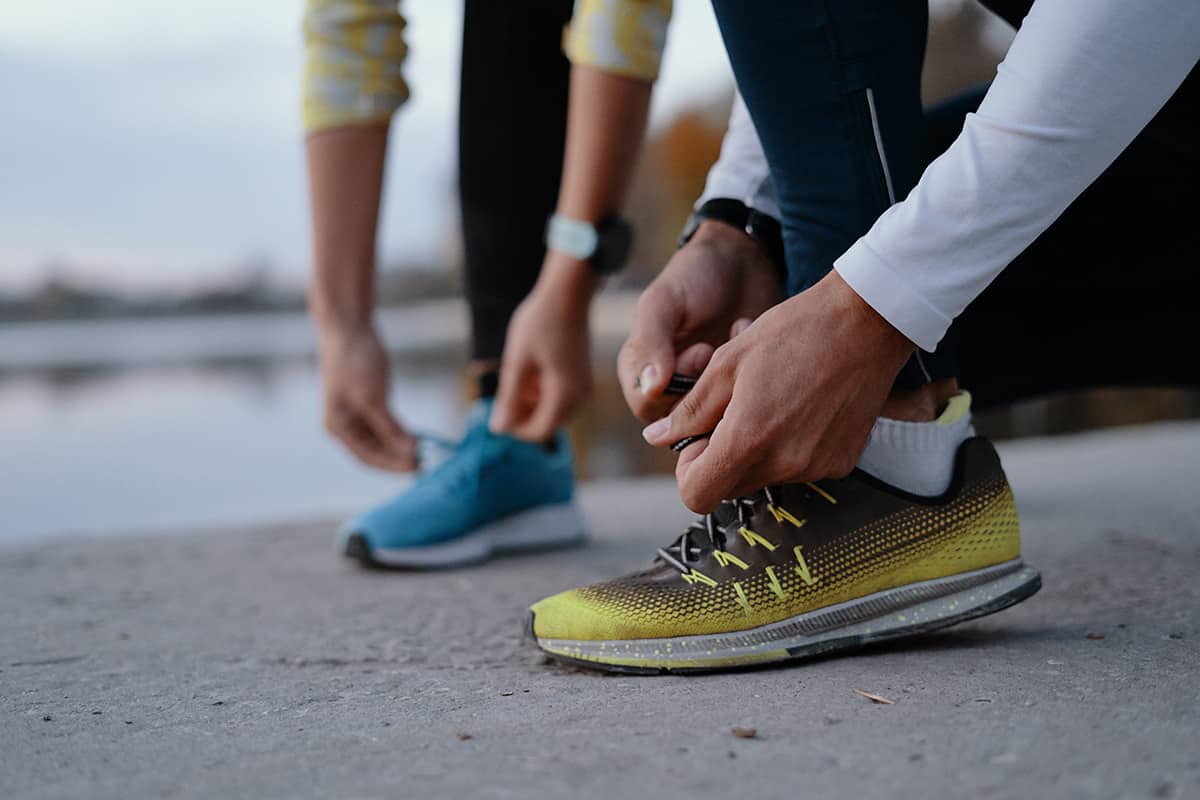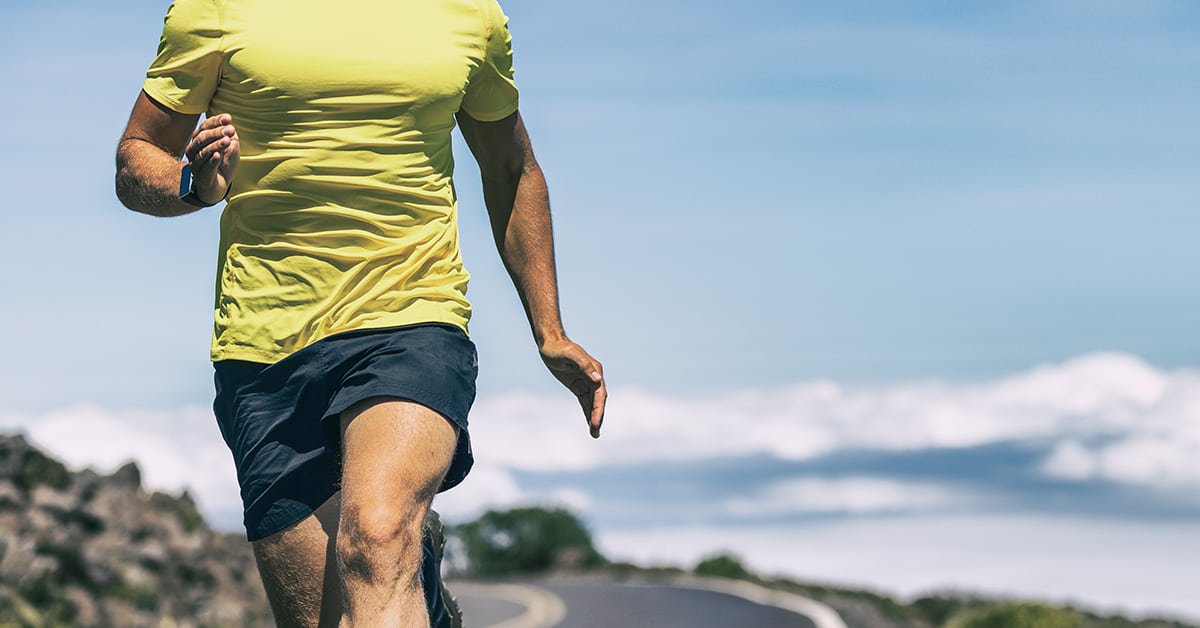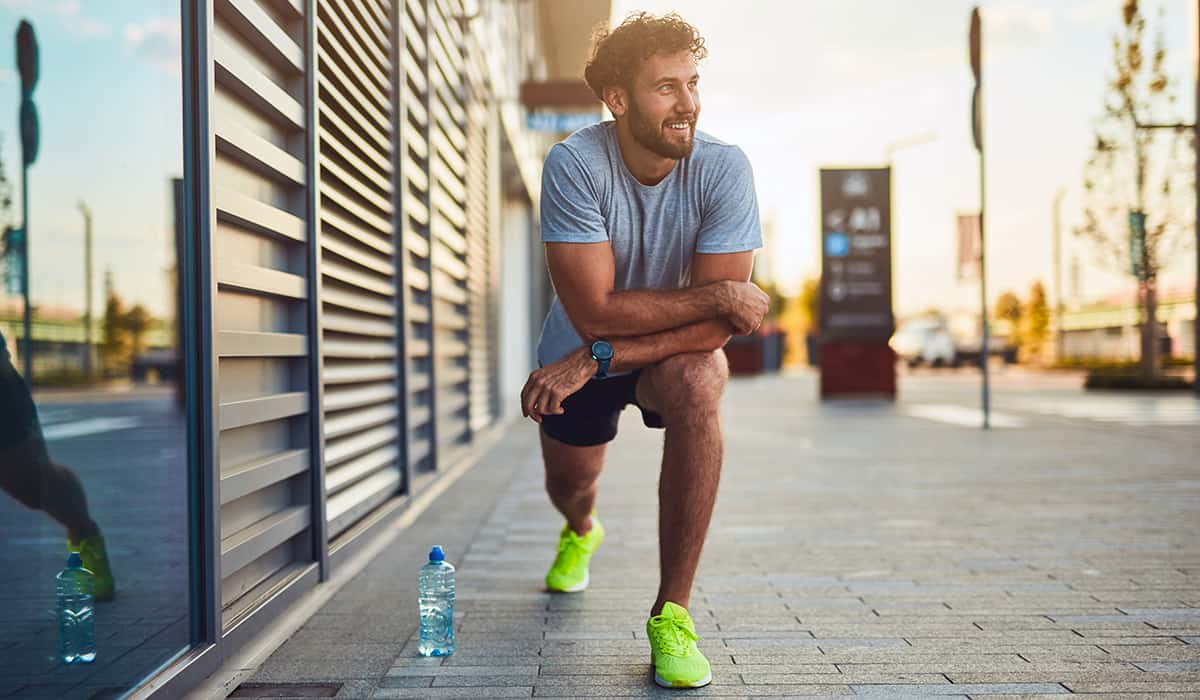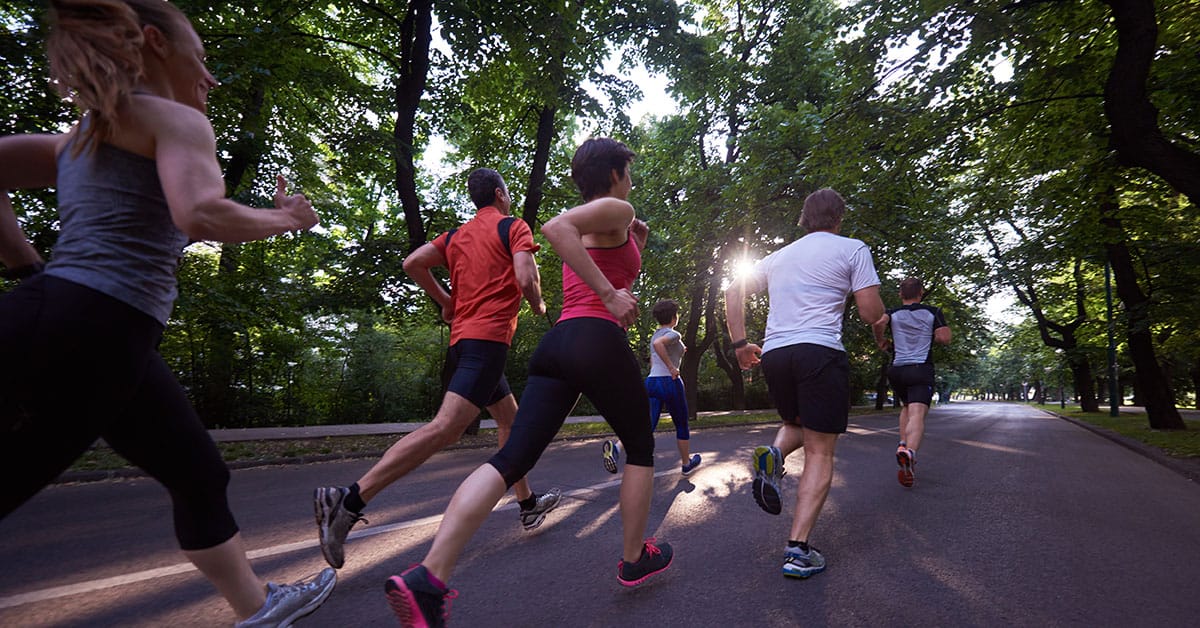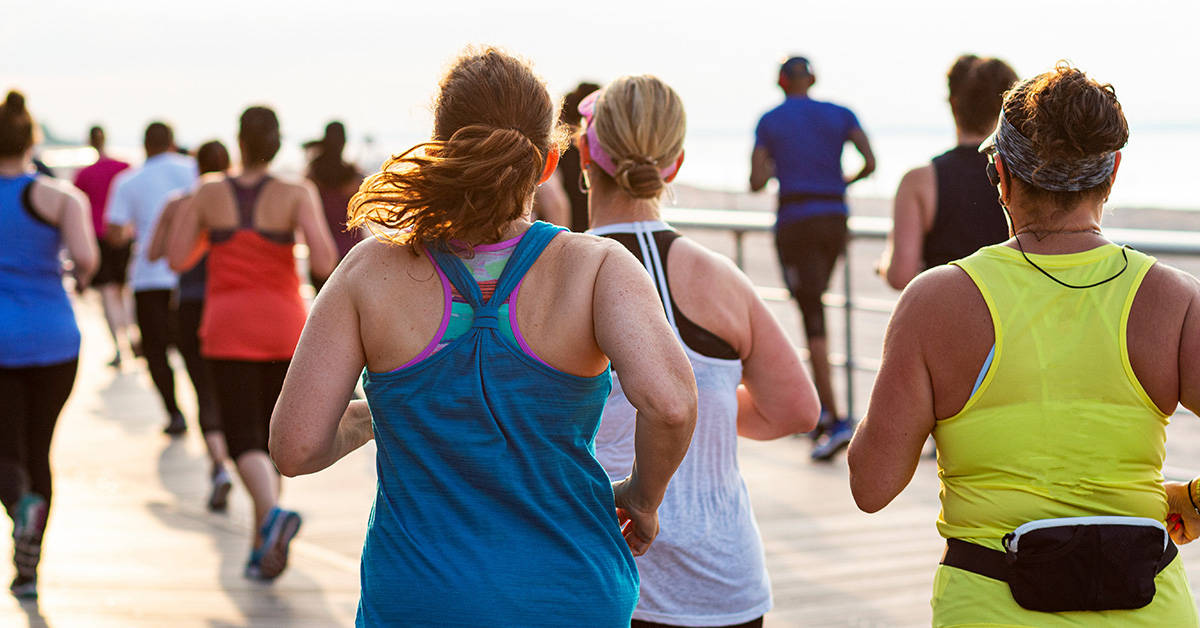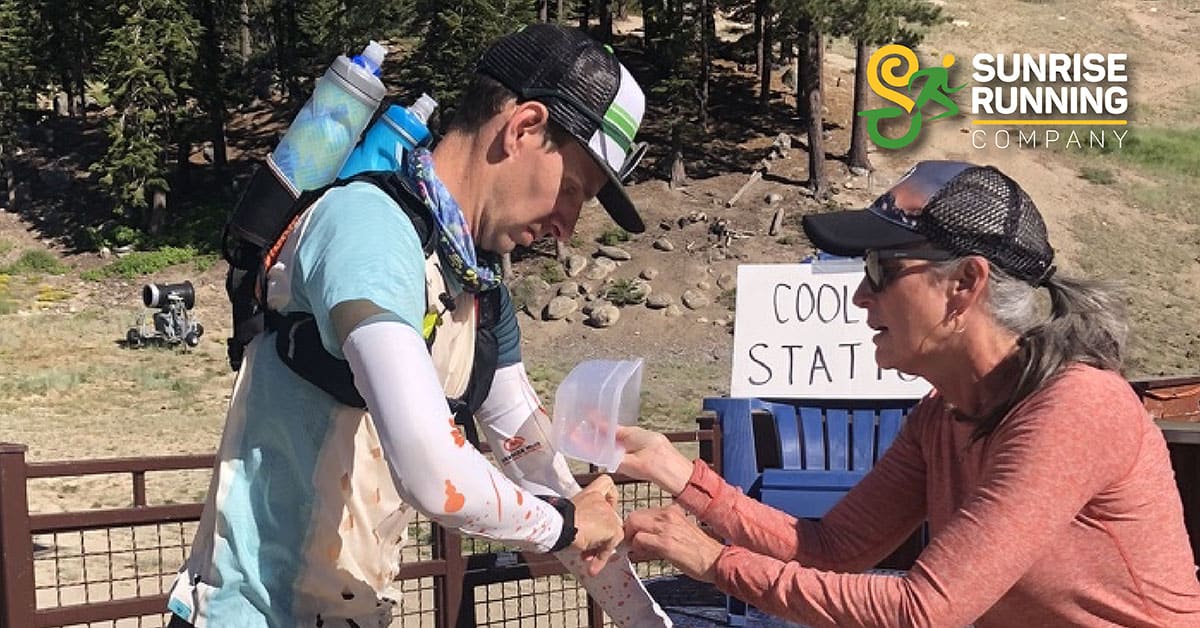Finding the Right Fit for Running Shoes
All running shoes are NOT created equal. Feet come in different shapes and sizes, and so do running shoes. For running shoes, there’s more to finding the right fit than just size. The shape of your foot and the way you run will determine which type of running shoes are the best for you.
Buying a shoe that fits properly makes your runs more comfortable and reduces your chances of getting a running injury. When you run in shoes that don’t fit properly or that force your foot into an unnatural angle, you increase the risk of a running injury. Make sure that you take the time to find running shoes that fit you correctly.
1. Go to a reputable local running store and have your feet measured.
While the amount of padding in a running shoe is important to the way the shoe functions, finding the right fit for the length and width of your foot is more important. If you go to a reputable store, the employees should know how to take measurements to determine the correct length and width of your foot.
Though you might think that you’ve worn the same size shoe your whole life, it can be a little different for running shoes. As you age, and as life takes its toll, your feet change dimensions a little bit. If you haven’t had your feet measured since you were a kid, or since a major life event like pregnancy, you should have your feet measured again before purchasing new running shoes.
2. Get recommendations from the employees at your local running store.
Consulting the experts is an easy step in finding the right fit for your running shoes. Because they work in the running shoe industry, the employees at your local running store should know more details about the brands they sell than the employees at general shoe stores or athletic stores.
The employees at your local running store will likely know which shoes run large or small or which shoes tend to be a little wider or narrower. They will also ask you some questions about your running habits, your running style, and your shoe budget. All of that information helps guide their recommendations.
A lot of new runners are intimidated about going to a legitimate running store, but there’s no reason to be. If it’s a reputable store, it’s a great place to start!
RELATED: Do You Make Any of These 10 Common Running Mistakes?
3. Try on a few different shoes.
Even if you’re already familiar with the brand, the way a shoe fits your foot can vary from model to model. You might love a certain brand for day-to-day shoes, but you might not love that brand’s running shoes. You want to be confident that you like the way the shoe fits before you buy it.
- Length
When testing shoes to find the right fit, the length of the shoe is the biggest factor. Make sure that you have a little bit of space between your longest toe and the end of the shoe so that your toes don’t jam up against the front of the shoe. You also don’t want the heel of your foot to slip in the back of the shoe. Make sure that your foot fits well in your running shoes so that your foot is not crammed and does not slip or slide. - Width
If your running shoes are the correct width, your pinky toes will not rub against the side of the shoe and they will not spill over the edge of the shoe. If your toes rub while you run, you will likely end up with blisters. If they spill over the edge of the shoe, you won’t get the support you need, and the shoes will wear out faster. - Cushion
When testing the cushioning for comfort, make sure that the amount and location of the cushioning don’t feel weird. For example, some shoes that are made for sprinters have a lot of extra heel cushioning to help sprinters stay on their toes. That’s great if you’re a sprinter, but it will feel weird if you’re a jogger.
What’s with all the different cushioning terminology?
When you start researching new running shoes, you’ll find a lot of opinions about the best amount of cushioning for running shoes. From zero-drop proponents to folks who love highly cushioned running shoes, there’s a wide range of cushioning options and a wide range of opinions about those options.
Try not to get overwhelmed by all of the options and all of the new terminology. Finding the right fit for your running shoes will include finding the right amount of cushioning for your foot and your running style. If you go talk to a specialist at your local running store, they can answer most of your questions and let you try on a few examples of different cushioning styles.
A Training Plan that Works for You.
Our collection of running plans will help you train year-round. From 5k to a 100-mile ultramarathon, we have a training plan built for your experience level and goals. Every plan is delivered via Final Surge, allowing you to sync workouts across devices, receive daily reminders of workouts and activities, and analyze workout and target zone details. Get started today with a training plan built for you, view our running plans here.


